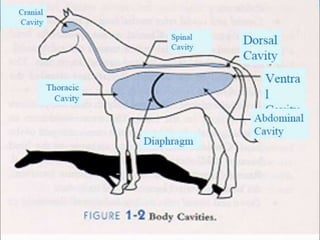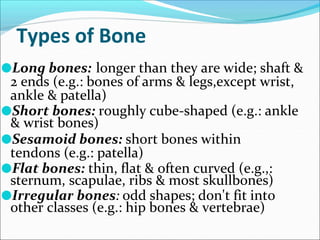Comparative anatomy involves comparing the body structures of different species to understand evolutionary relationships and adaptations. There are three key types of structures studied in comparative anatomy: homologous structures which are similar due to common ancestry; analogous structures which evolve independently but serve similar functions; and vestigial structures which were useful ancestrally but no longer serve a purpose. Comparative anatomy across species can provide insights into anatomy and physiology, evolutionary history, and help address issues like animal health and conservation.































































